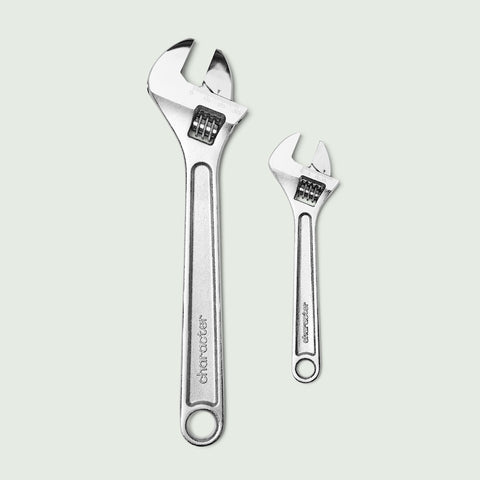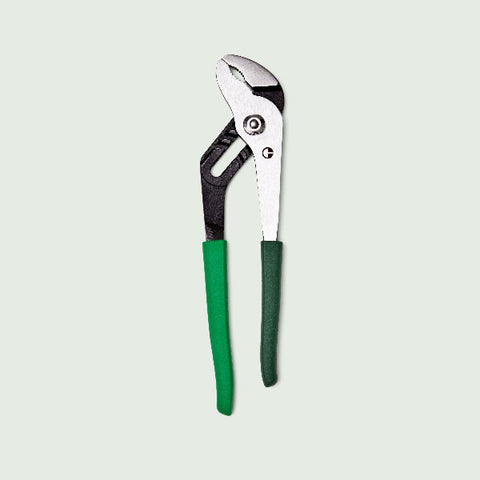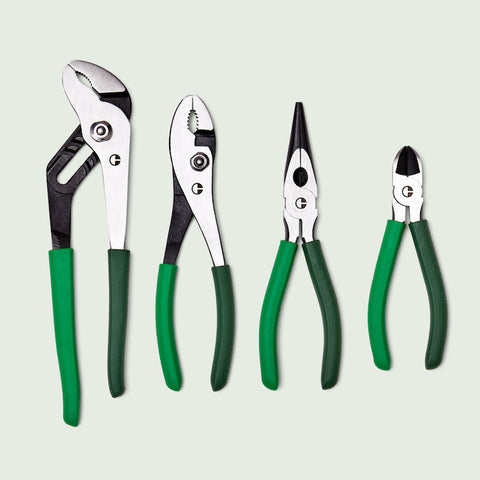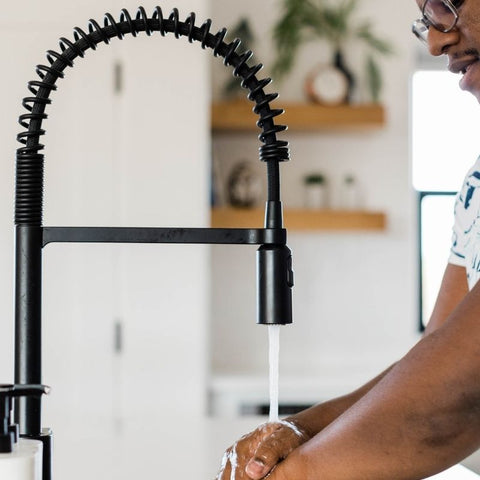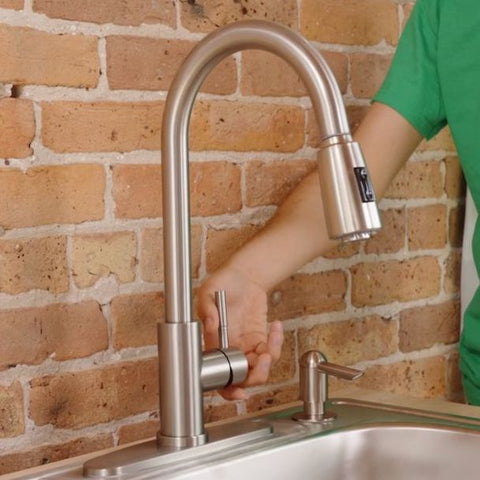Faucets are essential fixtures in our homes, serving us daily as we wash dishes, take showers, and perform countless other tasks. Like any other part of your home, faucets require regular maintenance to ensure they function smoothly and last longer. By investing a little time in maintenance, you can prevent common problems and extend the lifespan of your faucets significantly. Here’s how you can keep your faucets in top condition:

1. Clean Regularly
Regular cleaning is crucial for maintaining the appearance and functionality of your faucets. Over time, mineral deposits from hard water can build up on the faucet’s aerator and internal components, leading to reduced water flow and potential leaks.
Maintenance Tip:
- Clean the Aerator: Remove the aerator (the small screen at the end of the faucet) periodically and soak it in vinegar to dissolve mineral deposits. Scrub it gently with a brush to ensure it’s completely clean before reattaching.
- Wipe Down Faucets: Use a soft cloth and mild soap to clean the exterior of your faucets regularly, especially around the handles and spout.
2. Check for Leaks
Even a small leak can waste significant amounts of water over time and lead to costly repairs if left unchecked. Regularly inspect your faucets for any signs of leaks or drips.
Maintenance Tip:
- Inspect Seals and Washers: Check the seals and washers inside your faucet handles for wear and tear. Replace them promptly if you notice any signs of deterioration to prevent leaks.
- Fix Leaks Immediately: If you detect a leak, don’t delay in fixing it. Most leaks are caused by worn-out seals, which are inexpensive and easy to replace.
3. Maintain Water Pressure
Consistent water pressure is essential for efficient faucet operation. Low water pressure can indicate issues with your plumbing system or a clogged aerator.
Maintenance Tip:
- Clean the Aerator: As mentioned earlier, cleaning the aerator regularly can help maintain optimal water pressure by removing any debris or sediment that may accumulate over time.
- Check Plumbing System: If you notice persistent low water pressure, consult a plumber to inspect your plumbing system for potential blockages or issues.
4. Lubricate Moving Parts
Faucet handles and other moving parts can become stiff or difficult to operate over time due to mineral buildup or general wear and tear.
Maintenance Tip:
- Apply Lubricant: Use a silicone-based plumber’s grease to lubricate the moving parts inside your faucet handles and other components. This will help them operate smoothly and reduce friction that can lead to premature wear.
5. Protect Against Freezing
In colder climates, outdoor faucets (also known as hose bibs) are particularly vulnerable to freezing during winter months, which can lead to burst pipes and costly repairs.
Maintenance Tip:
- Winterize Outdoor Faucets: Before winter arrives, disconnect hoses and drain any remaining water from outdoor faucets. Consider installing insulated faucet covers to protect them from freezing temperatures.
6. Address Hard Water Issues
If your home has hard water (water with high mineral content), it can accelerate the buildup of limescale and mineral deposits on faucets and plumbing fixtures.
Maintenance Tip:
- Install a Water Softener: Consider installing a water softening system to reduce the effects of hard water on your faucets and plumbing system. This can help extend the lifespan of your fixtures and improve water quality throughout your home.
Overall, regular maintenance of your faucets is key to preventing costly repairs and ensuring they continue to function efficiently for years to come. By following these simple maintenance tips, you can extend the lifespan of your faucets, maintain optimal water pressure, and prevent common problems such as leaks and mineral buildup.
Remember, a little preventive maintenance goes a long way in preserving the performance and appearance of your faucets. Incorporate these tips into your regular home maintenance routine to keep your faucets in top condition and enjoy reliable water flow throughout your home.
If you found these maintenance tips helpful, share this blog post with friends and family who might also benefit from learning how to care for their faucets effectively.
